___________________________________________________________________________________________________________________
See this website: Yungaburra Sawmill
25-33 Eacham Road, Yungaburra 4884
During World War II the Yungaburra sawmill was used in the production of timber veneer for the local manufacture of everything from bunk beds and prefabricated huts to barges, landing craft, and aircraft propellers.
Cairns had long been the centre of north Queensland’s timber milling industry. From mid-1942, the town’s sawmills and furniture factories operated full-time on defence works. A timber product in great demand was three-ply veneer, manufactured in sheets cut from large kauri pine logs from the Tableland.
Fire destroyed the main sawmill shed in December 1987. However, surviving items of the early steam-powered plant include a rare Stirling boiler and a timber veneer lathe.
______________________________________________________________________
History
Albert and Frederick Williamson established the sawmill in 1911 soon after the railway from Cairns reached Yungaburra. Cedar had been cut from the nearby rainforest for about 30 years, but until the arrival of the railway the only way to transport the logs to the port of Cairns was by chute down the range or by floating them down the Barron River. Both methods were unreliable and wasteful, so the railway ensured a timber boom for the Tablelands. In 1926 the Gillies Highway was opened between Gordonvale and Atherton providing the first trafficable road to the Tablelands and Yungaburra became the gateway to the natural attractions of the region.
In 1933 George Gummow, who owned the mill at the time, installed a large lathe from the United States for veneer peeling and the business became Cairns Plywood Limited in 1940. During World War II Yungaburra sawmill was taken over and operated by army personal of 17 Battalion Volunteer Defence Corps, many of whom were engaged in their pre-war occupation as sawmillers.
The Cairns Plywood mill at Yungaburra was purchased by the Rankine family in 1963 and the peeling of timber veneer continued as its main operation until the 1980s. The mill was closed after the declaration of the Wet Tropics World Heritage Area prevented further milling of north Queensland rainforest timber.
___________________________________________________________________________________________
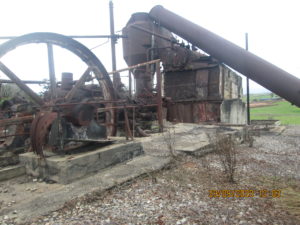
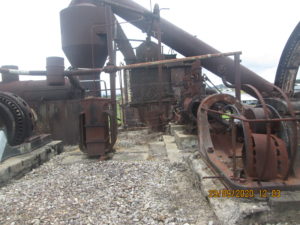
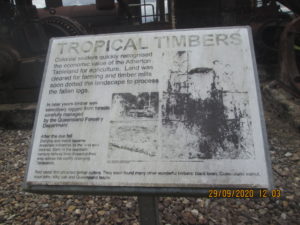
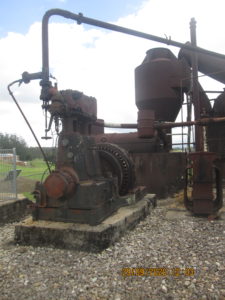
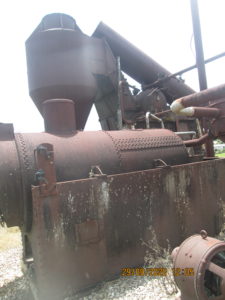
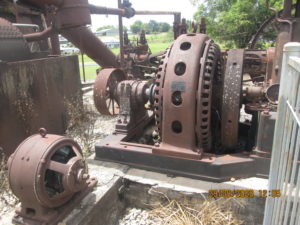
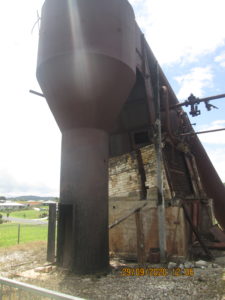
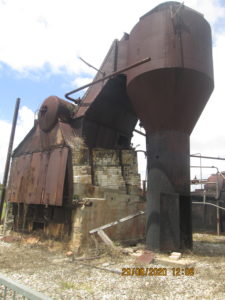

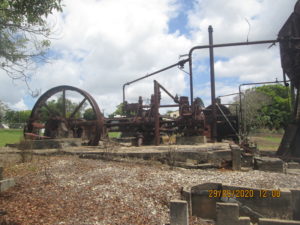
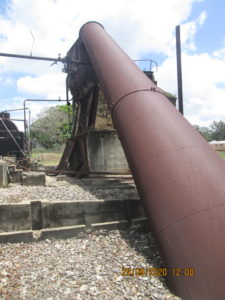
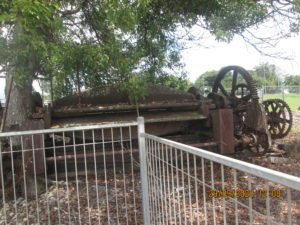
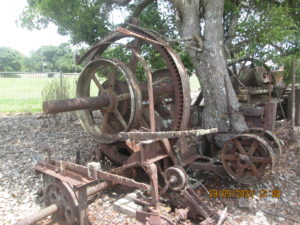
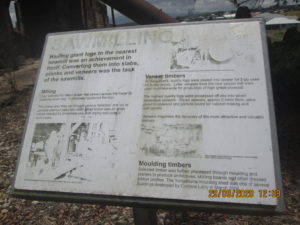
To see the next activity we were involved with over the week we were up on the Atherton Tablelands, see this post:
Post 15. Fig Tree …. Atherton Tablelands
__________________________________________________________________________________________________
